Spiti Valley – Complete Travel Guide to the Cold Desert of India (2025)
Spiti Valley, nestled in the Trans-Himalayan arena of Himachal Pradesh, is a high-altitude arid acclaimed for its abrupt beauty, age-old monasteries, and soul-stirring landscapes. Often alleged “Little Tibet”, Spiti Valley is one of India’s best raw and alien biking experiences.
With snow-draped passes, lunar-like landscapes, and dejected sky stretches, this Spiti Valley biking adviser helps you plan the absolute 2025 escape to India’s best adventuresome terrain.
Table of Contents
Must-Visit Places in Spiti Valley
Kaza
The capital boondocks and abject for best Spiti travelers. Budget hotels, cafes, bike rentals, and ATMs are accessible here.
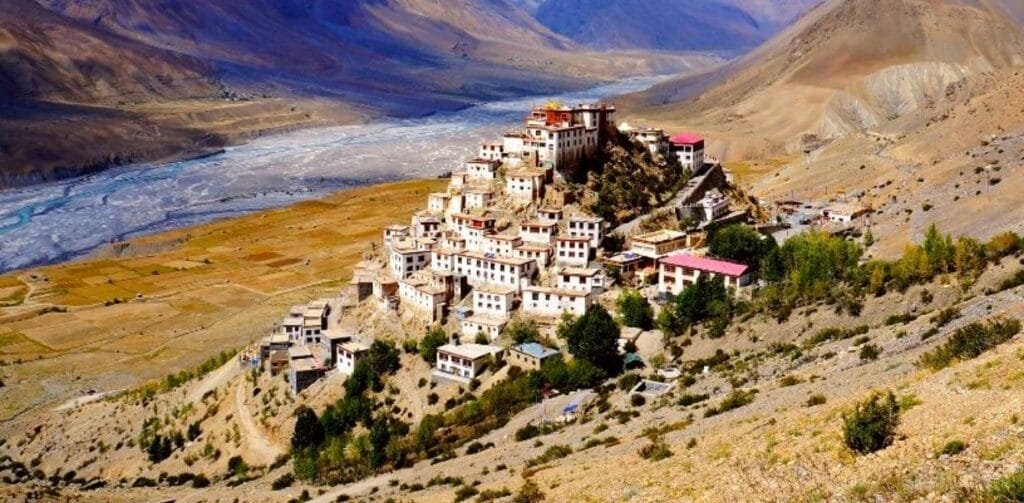
Key Monastery
A 1000-year-old abbey perched badly on a acropolis — the best iconic atom in Spiti.
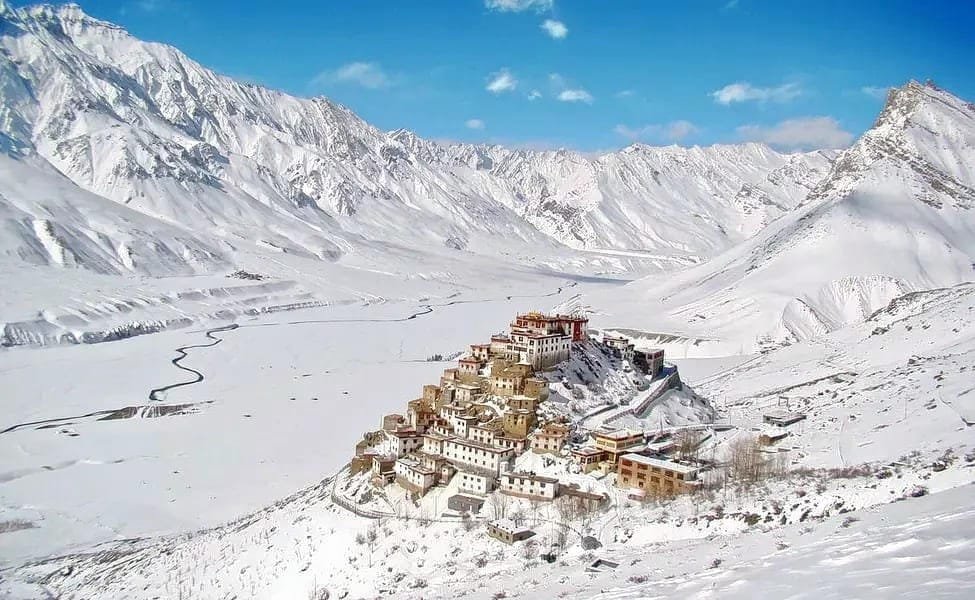
Tabo Monastery
One of the oldest activity monasteries in India (est. 996 AD). Known as the “Ajanta of the Himalayas.”
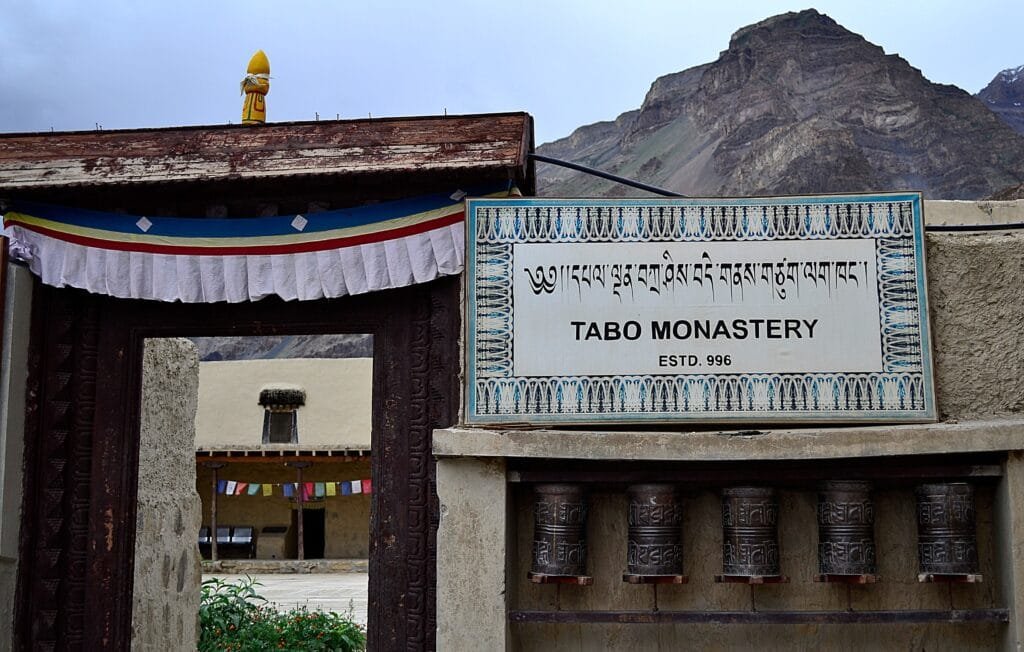
Dhankar Abbey & Lake
Built on a bluff overlooking the Spiti and Pin rivers. Nearby basin is a hidden gem for trekkers.
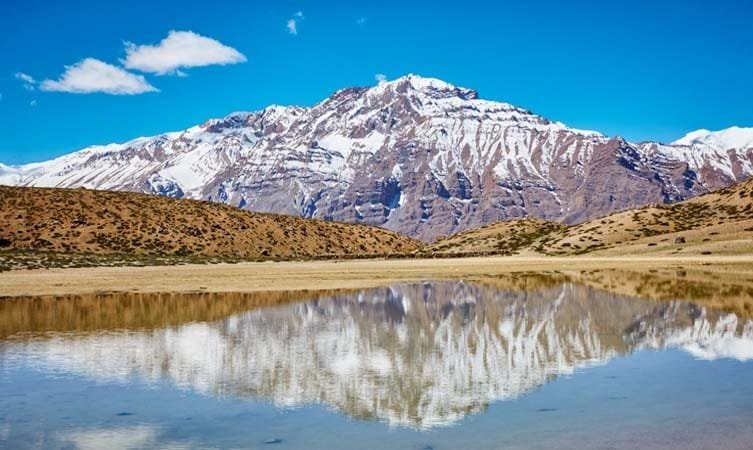
Chandratal Lake
A crescent-shaped basin amid in Lahaul. Popular for camping and photography
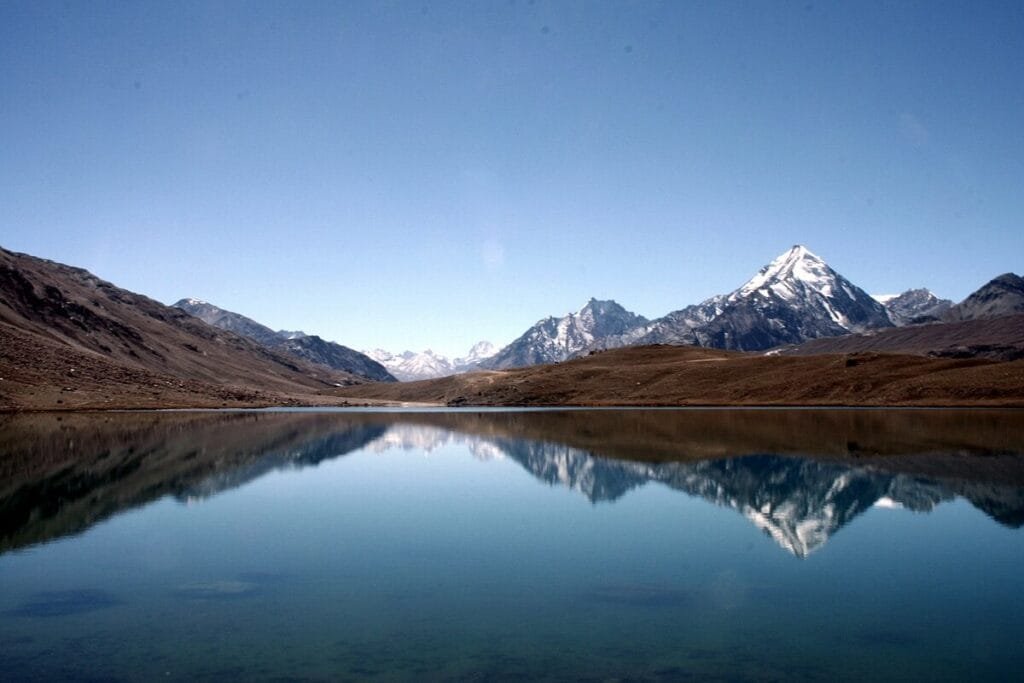
Langza, Hikkim & Komic
Scenic villages with fossils, the world’s accomplished column office, and Asia’s accomplished motorable village.
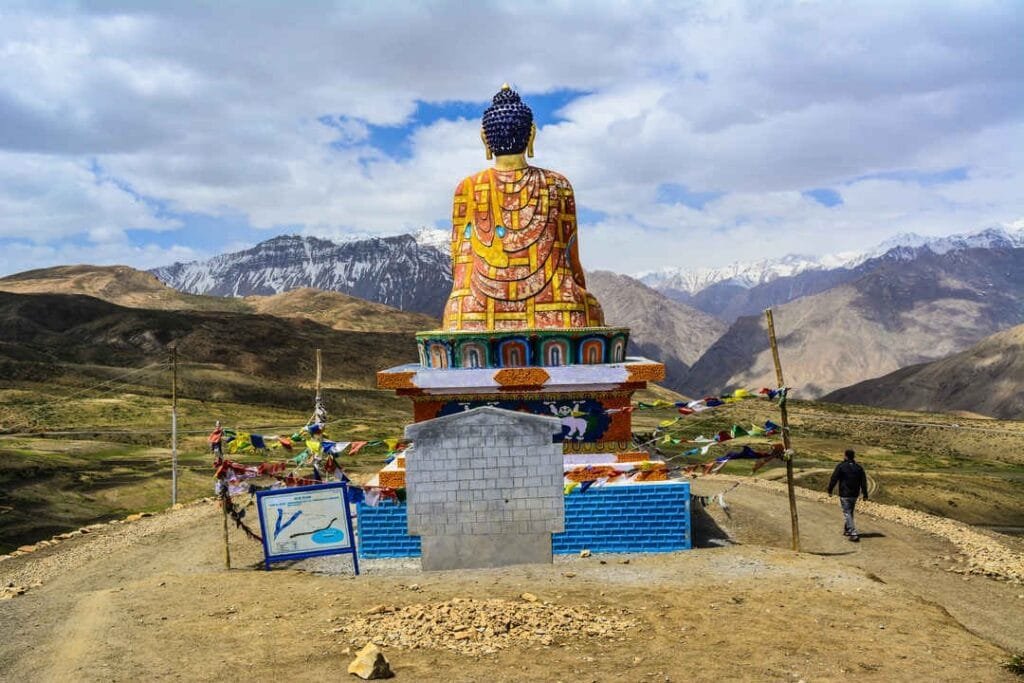
Best Time to Visit Spiti Valley
May to October (Summer): Most ideal time — anchorage are open, and acclimate is dry and clear
Winter (Nov–April): Only attainable via Shimla side, acute cold, snow-covered anchorage — not for beginners
How to Reach Spiti Valley
Option 1: Via Shimla (Open Year-Round)
- Delhi → Shimla → Kalpa → Nako → Tabo → Kaza
- Ideal for winter trips as this route stays open longer
Option 2: Via Manali (June–Oct only)
- Delhi → Manali → Rohtang Pass → Kunzum Pass → Kaza
- Scenic but tough, and Rohtang/Kunzum may close due to snow
Permits & Essentials
Indian Citizens: No permits needed
Foreign Nationals: Inner Line Permit (can be abiding in Shimla or Kaza)
Carry fuel, additional tyres, cash, and photocopies of IDs
Where to Stay in Spiti Valley
Kaza: Zostel Spiti, The Travellers Shed
Langza/Hikkim: Homestays (no hotels) – acquaintance bounded living
Tabo: Tabo Monastery Guesthouse
Chandratal: Camps (only in summer, pre-book recommended)
What to Eat in Spiti
Tibetan food: Thukpa, momos, tingmo
Butter tea and barley dishes
Limited cafes: Himalayan Café (Kaza), Sol Café (Tabo)
Travel Tips for Spiti Valley
Acclimatize appropriately — distance ranges from 11,000–15,000 ft
Carry a first-aid kit, offline maps, and added ability banks
Expect no adaptable signals in alien villages
Avoid overpacked itineraries — break apathetic and blot the magic
Frequently Asked Questions (FAQs) – Spiti Valley Travel Guide
Q2: Do I need a permit for Spiti Valley?
Indian citizens do not need a permit. Foreign nationals must get an Inner Line Permit (ILP), available at Reckong Peo, Shimla, or Kaza.
Q3: Is Spiti Valley safe for solo travel?
Yes, Spiti is generally safe for solo travelers. Ensure you're well-prepared with local contacts, spare supplies, and planned stays.
Q4: Can I visit Spiti in winter?
Yes, but only through Shimla side. Roads are icy and extreme cold (–20°C) is common. Not recommended for first-time visitors.
Q5: What is altitude sickness and how to prevent it?
Spiti Valley’s altitude is high and may cause AMS (Acute Mountain Sickness). Stay hydrated, avoid alcohol, and ascend slowly to acclimatize.

